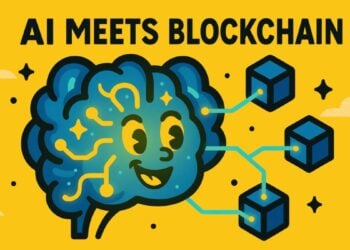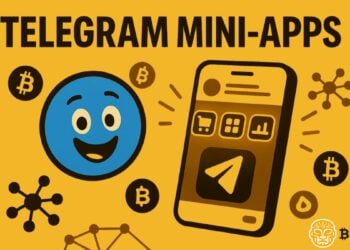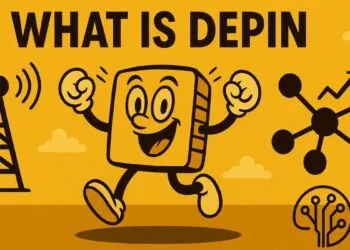In 2025, Web3 games are no longer just experiments—they’re becoming one of the most effective tools for crypto adoption. As user-friendly platforms evolve and friction disappears from blockchain onboarding, millions of new users are entering the space through gaming, not trading. Could the next 100 million crypto users come not from exchanges—but from games?
Table of Contents
ToggleThe Rise of Web3 Games: A New Onboarding Layer
While the crypto world continues to build around DeFi, NFTs, and infrastructure, gaming is quietly becoming its most accessible front door. Web3 games combine entertainment, asset ownership, and earning potential—all in a format that’s familiar to billions of gamers worldwide.
Unlike traditional crypto platforms, these games introduce users to blockchain concepts like wallets, tokens, and NFTs in a native, seamless way. Players aren’t asked to study smart contracts—they learn by doing.
This organic learning curve is a powerful engine for mass adoption.
From Play-to-Earn to Play-to-Own: A Shift in Mentality
The first wave of blockchain games promised income through Play-to-Earn (P2E) models. While it sparked early hype, it proved unsustainable. In 2025, leading Web3 games have transitioned to Play-to-Own (P2O), where players earn true digital ownership instead of short-term rewards.
This shift aligns more closely with real gamer psychology: players want fun, progression, and control over their assets—not just passive income. And with new Layer-2s and rollups minimizing gas fees, these games finally run smoothly enough to compete with Web2 platforms.
Telegram Mini-Apps: The Hidden Gateway to Onboarding
One of the most underrated trends in crypto onboarding is the rise of Telegram Mini-Apps. By integrating games directly into a familiar interface used by hundreds of millions, projects eliminate friction. No browser extensions, no confusing wallet setups—just a few taps, and players are already earning, staking, or minting.
This mobile-native onboarding layer may be the most important piece of infrastructure for onboarding the next 100M users. It’s fast, easy, and invisible. And it’s already live.
Why Web3 Games Are Perfect for Crypto Adoption
Web3 games succeed where many crypto platforms fail: they reduce barriers and make the blockchain feel intuitive.
Some key reasons why they’re onboarding millions:
- Instant Feedback Loops: Players interact with tokens and assets in real time.
- Asset Ownership is Native: NFTs, tokens, and rewards are part of gameplay—not side mechanics.
- Low Commitment, High Retention: Players join for fun, stay for ownership and rewards.
- Built-in Network Effects: Games thrive on community and viral growth.
- Smart Integration with Telegram and Social Channels: Creating network-native virality.
This blend of fun, financial incentive, and social engagement makes Web3 games uniquely positioned to scale.
Final Thoughts: Why Web3 Games Could Drive the Next Wave of Adoption
In a world where traditional financial systems feel distant or intimidating, Web3 games offer a much softer introduction to crypto. They package complex infrastructure into entertaining, accessible experiences—and that’s what the market needs in 2025.
Whether through Telegram Mini-Apps, mobile-native experiences, or innovative Play-to-Own mechanics, Web3 games aren’t just entertainment anymore. They’re onboarding machines. And if current trends hold, they may be the gateway through which the next 100 million crypto users enter Web3.








